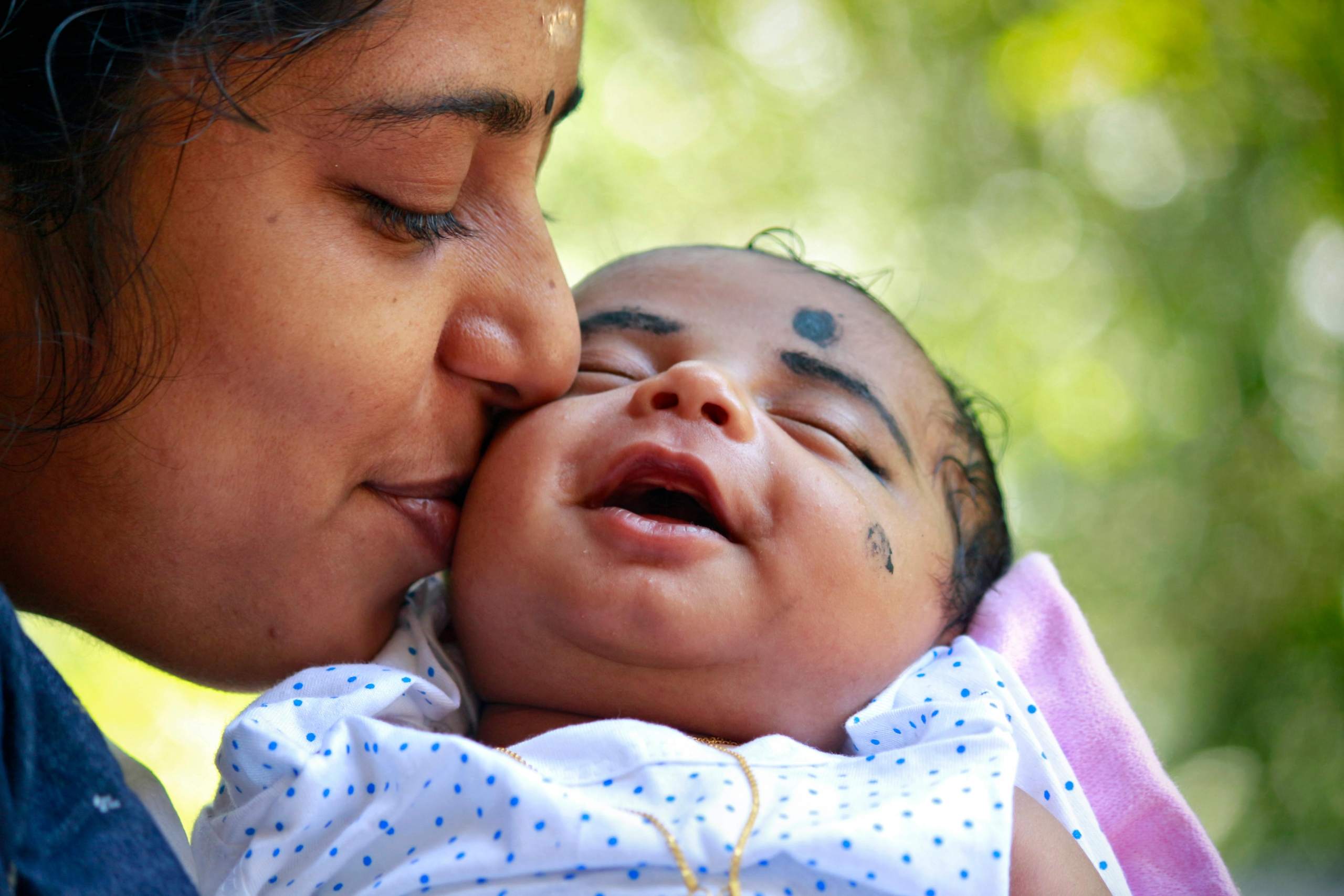 Poverty disproportionately affects women, particularly mothers. For instance, in 2017, 20% of women in the United Kingdom (U.K.) were living in poverty compared to 18% of men. Additionally, 90% of single mothers experience poverty. While the proportion of men facing poverty has decreased in recent years, the rate for women has remained stalled. Here are some of the ways mothers can be lifted out of poverty:
Poverty disproportionately affects women, particularly mothers. For instance, in 2017, 20% of women in the United Kingdom (U.K.) were living in poverty compared to 18% of men. Additionally, 90% of single mothers experience poverty. While the proportion of men facing poverty has decreased in recent years, the rate for women has remained stalled. Here are some of the ways mothers can be lifted out of poverty:
Better Provision for the Essential Living Costs
Governments can address poverty by improving support for essential living costs faced by families. By covering expenses for heating and electricity through targeted schemes for the most vulnerable, working families can make fewer sacrifices. Such programs would eliminate the difficulty of buying groceries and maintaining a warm home. This support would enable families to focus more on spending quality time with their children and provide mothers with much-needed respite.
Child Care Provisions
Child care provisions also provide a hopeful potential solution. High child care costs act as a key barrier for parents who work. Fees are an additional financial factor that particularly impacts lower-income parents during school holidays. Suppose countries can implement better universal child care provisions. In that case, the gap between accessibility for low- and high-income parents can be closed. Parents can focus on work and career progression, leading to better wages for their families. Children can interact with other children and develop their creativity and imagination. Creating these schemes will, therefore, benefit both the parents and the children.
Turning to a success story, Sweden works as a model for other countries, providing hope that these solutions are attainable when put into practice. The “income packaging” approach to the welfare state adopted in Scandinavian countries promotes female involvement in the world of work. By providing children’s allowances, mothers can focus on work rather than entirely on ensuring that child care measures are in place. This enables greater career progression and mothers to work more hours rather than being confined to part-time roles due to child care commitments.
Income Transfers and Support for Parents in Employment
Implementing schemes with more generous income transfers and support for working parents has effectively reduced poverty. In countries like the U.K., where social transfer systems are limited, support for vulnerable working families falls short, resulting in higher poverty rates. In contrast, Scandinavian countries provide more comprehensive support for single mothers. This targeted approach ensures that the assistance is more effective and beneficial. Additionally, the direct benefits can be assessed more efficiently, allowing for easier adjustments and improvements as needed.
Final Remark
The changes required to lift mothers and their children out of poverty are achievable. With a global commitment to supporting this group, effective tax redistribution and improved support schemes can help break the cycle of poverty. By implementing these measures, future generations of families can be lifted out of poverty and provided with greater opportunities for a better life.
– Sarah Littleton
Sarah Littleton is based in London, U.K. and focuses on Good News, Politics for The Borgen Project.
Photo: Pexels

 Since 2019, the Cambodian government, with support from international partners, has aimed to enhance local maternal and child health and nutrition services through the Cambodia Nutrition Project. This initiative, crucial for the nation’s future, benefits from
Since 2019, the Cambodian government, with support from international partners, has aimed to enhance local maternal and child health and nutrition services through the Cambodia Nutrition Project. This initiative, crucial for the nation’s future, benefits from 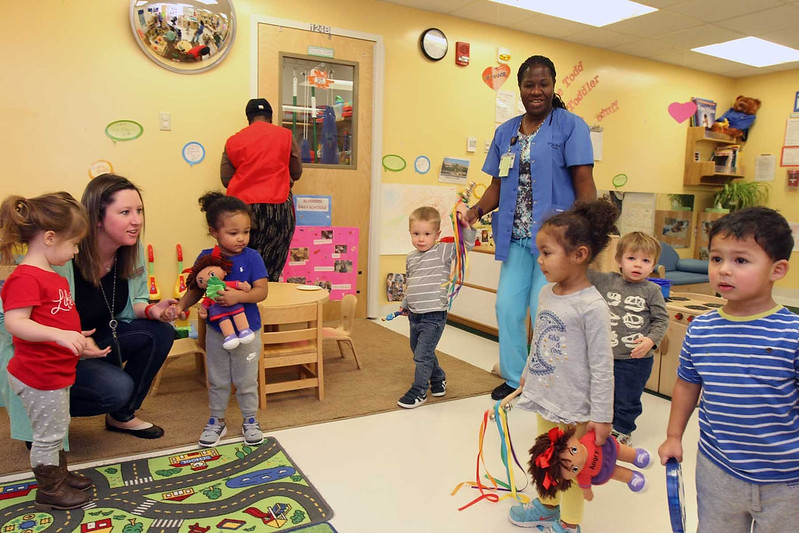 Accessible childcare is a global challenge, with nearly
Accessible childcare is a global challenge, with nearly 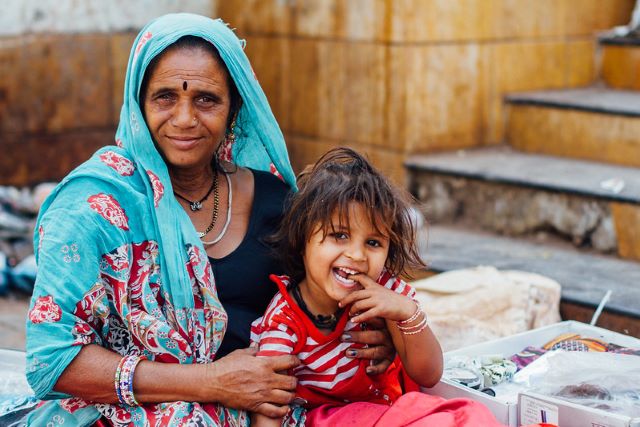 In recent years, great strides have been made in improving women’s and children’s health. Fertility rates in both low and middle-income countries have significantly declined and
In recent years, great strides have been made in improving women’s and children’s health. Fertility rates in both low and middle-income countries have significantly declined and 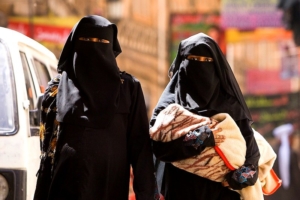
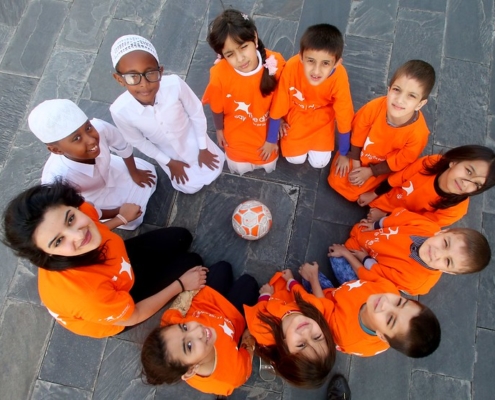 “Sport has the power to change the world. It has the power to unite in a way that little else does. It speaks to youth in a language they can understand. Sport can create hope where once there was only despair. It is more powerful than governments in breaking down racial barriers. It laughs in the face of all types of discrimination,” said South African anti-apartheid revolutionary Nelson Mandela. Soccer is the world’s most popular sport. More than
“Sport has the power to change the world. It has the power to unite in a way that little else does. It speaks to youth in a language they can understand. Sport can create hope where once there was only despair. It is more powerful than governments in breaking down racial barriers. It laughs in the face of all types of discrimination,” said South African anti-apartheid revolutionary Nelson Mandela. Soccer is the world’s most popular sport. More than 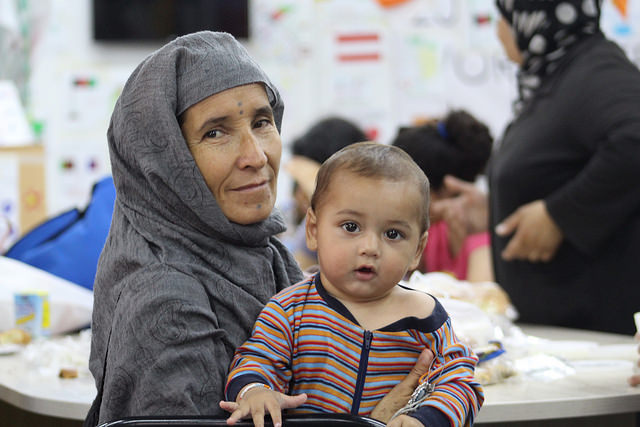 In Italian, “pianoterra” translates to “ground floor.” Pianoterra is also an organization based in Italy that is working to keep refugee mothers and children safe.
In Italian, “pianoterra” translates to “ground floor.” Pianoterra is also an organization based in Italy that is working to keep refugee mothers and children safe.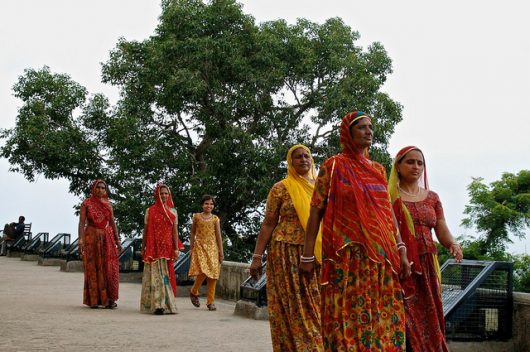
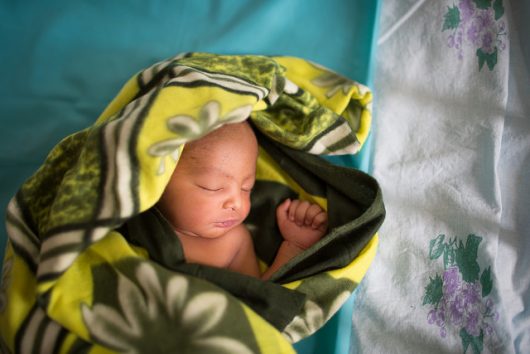
 HIV/AIDS is embedded in social and economic inequity and there exists a critical connection between the disease and poverty. There is strong evidence that the disease affects individuals of lower socioeconomic status and impoverished nations
HIV/AIDS is embedded in social and economic inequity and there exists a critical connection between the disease and poverty. There is strong evidence that the disease affects individuals of lower socioeconomic status and impoverished nations